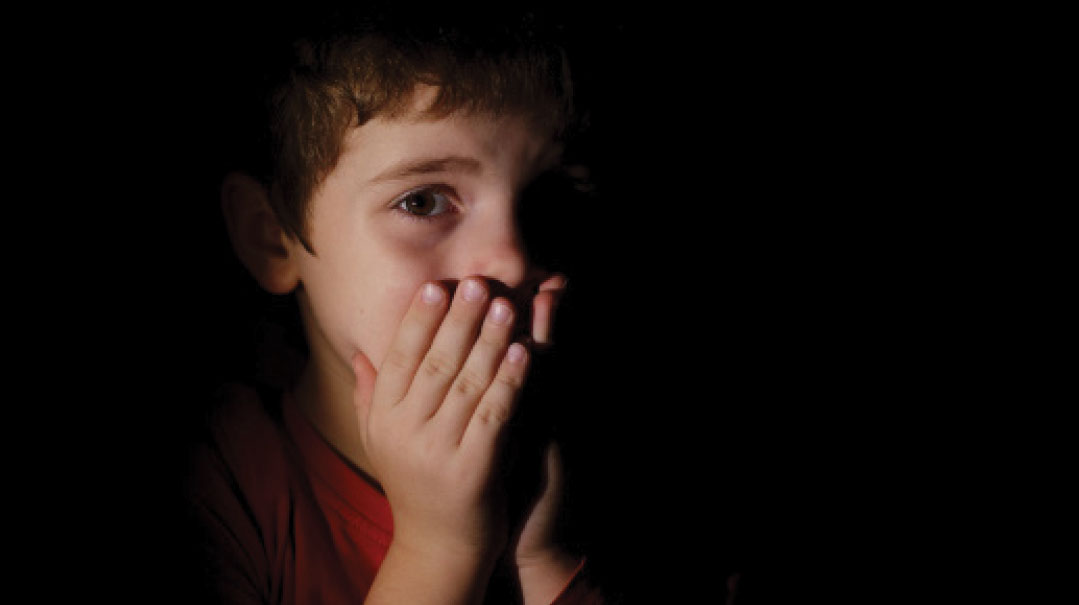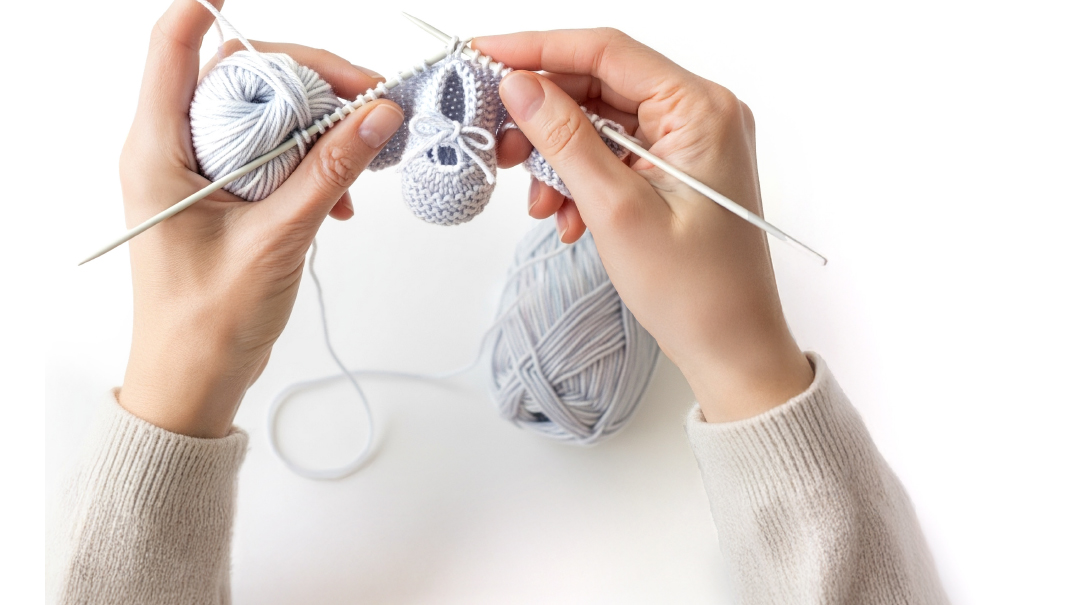Dial Down Anxiety

Help your child overcome his anxiety when he’s still young, and you give him a gift for life

Chumi was frustrated. Her five-year-old, Shuey, had developed a fear of going to school on the bus. Always an anxious child, Shuey had been the kid who clung to her skirt when she tried to leave him in play group and gave up his security blanket reluctantly. Now, no matter what she did, she couldn’t convince Shuey to get on the bus.
“I end up driving him to school, but it takes me out of my way, and I get to work late,” she complains.
Many parents have to deal with children who develop fears, real or imagined. They may refuse to sleep alone at night, avoid parties because they fear being ignored or rejected, refuse to go outside because a dog might bite them. They cling, cry, or throw tantrums easily, develop stomachaches or headaches, and sleep poorly. They may even have anxiety attacks, characterized by heart palpitations, rapid breathing, sweating, tense muscles, nausea, and dread.
“Anxiety by itself isn’t always bad,” says Leah Haber, a therapist who works with young people in Jerusalem. “It pushes us to accomplish things — meet a deadline, make Pesach. It keeps us safe by signaling danger, so we take the right action. But not all danger is real.”
Some people are predisposed to anxiety; when extreme, it becomes paralyzing and dysfunctional. We live in a relatively safe time in history — unprecedented material comfort, no war or pogroms, high life expectancy — yet anxiety has skyrocketed among both children and adults.
“Anxiety is the number one presenting complaint for psychological help among adults,” says Dr. Norman Blumenthal, director of Trauma, Bereavement and Crisis Response Team at OHEL. “For children, nationally, it’s number three, after ADHD and conduct disorders.”
The Yale News, however, begs to differ, reporting that it’s also number one for kids, with a whopping one in three children experiencing a significant anxiety disorder before adulthood. Without treatment, anxious children typically become anxious adults, and in severe cases, medication may be necessary to control the symptoms.
It’s not always easy to understand why children develop specific fears. Emma, a college student who has suffered from anxiety all her life, remembers, “As a child I developed a fear of cleaning products, for no apparent reason. I was also afraid I might step on a lit cigarette.” While children today are physically safer, with better medical treatment and mandated safety rules about bike helmets and car seats, they’re definitely exposed to more troubling ideas than they used to be.
“Parents used to have discretion about what to tell their children, about events in the family or the world,” says OHEL Director of Children’s Services Tzivy Reiter. “Today, through technology, kids have much greater access to information. With parents less available because of work, they’re less present to keep an eye on that exposure.”
That said, during the COVID pandemic, parents were far more accessible than usual. “Kids with social anxiety and school refusal actually fared better during COVID,” Tzivy says. “They may need extra support as they return to school.”
Anxiety has many faces, including social anxiety, separation anxiety, panic attacks, OCD, specific phobias, PTSD, and generalized anxiety. Treating adults is generally straightforward: adults have the verbal skills to articulate their issues, and they’re more independent from the families of origin who may have contributed to the problem. Children are much less capable of identifying their thoughts, feelings, and concerns; their behaviors and reactions are closely tied to their parents. How do you help anxious children get beyond their fears, and help them become high-functioning adults?
New techniques and understandings of childhood anxiety have emerged, and to learn more about them, I made a visit to the Early Childhood Mental Health (ECMH) Center at OHEL Jaffa Family Campus in Flatbush — one of seven designated early childhood treatment centers in New York City — to find out. There, Tzivy Reiter, LCSW-R, and therapist Raizel Keilson, LCSW, both of them welcoming, upbeat women brimming with enthusiasm and knowledge, shared their insights.
Oops! We could not locate your form.







